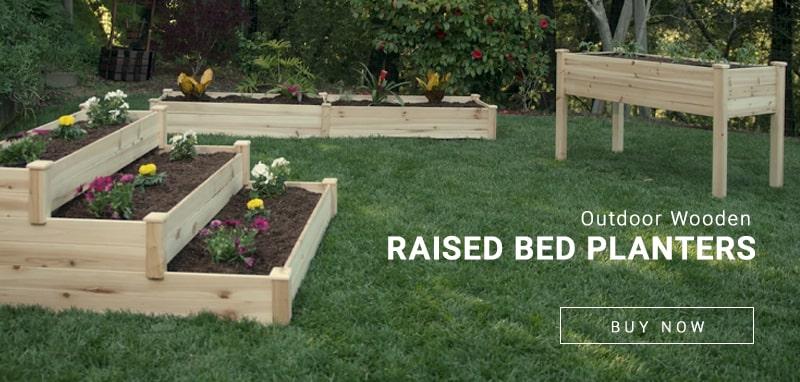Planning to build your raised vegetable garden? Working with raised beds could be overwhelming so to get the most out of the growing season, you need to think about the kind of soil to put into the raised beds. Garden soil is not enough to grow different crops. You have to use different soil mixes to ensure a higher yield.
To learn more about raised bed gardening, check out our guide on how to start a raised bed gardening and know the plants that we can grow together in a raised bed.
You are watching: Perfect Soil Recipe for Raised Bed Gardening
The Classic 3-Ingredient Soil Mix
You can always buy packed soil mixes, but if you’re filling several raised beds, you’d be burning through your savings in no time at all. Buying soil mixes in bulk and doing the soil mixing yourself is the best way to save money on garden soil and ensure a healthy, thriving garden throughout the growing season. Here are our best soil recipe recommendations:
You will need: ⅓ vermiculite ⅓ peat moss ⅓ varied organic compost
Read more : Eggless Chocolate Cookies
This recipe is best for small raised vegetable gardens. For large raised beds, adjust the amount of vermiculite and peat to one quarter each; the rest is organic compost. You can use perlite or coconut coir as an alternative for vermiculite.
The Rich Blend
You will need:⅓ topsoil⅓ organic compost
⅓ varied organic compost (chicken manure, homemade compost, and/or worm castings – you can use an outdoor compost bin to help you with this)
The Bagged Blend
You will need:4 bags organic garden soil2 bags organic garden soil + (enriched with organic fertilizers)2 40-lb bags topsoil3 cups worm castings
This soil mix comprises different bagged soil blends, perfect for gardeners who do not have access to bulk ingredients.
The Perfect Blend
Read more : Silver Linings: The Art of Metalpoint Drawing
You will need:5 bags of peat moss3 bags organic compost4 bags worm castings3 bags ​organic chicken manure2 bag organic vermiculite3-6 lbs azomite1-2 lbs kelp meal3-6 lbs oyster shell flour2-4 lbs all-purpose fertilizer
Mix all the ingredients on a large tarp if possible before filling the beds. This helps avoid pockets of peat, manure, or other ingredients. This recipe is enough to fill a 4’ X 8’ X1 raised bed.
Tips for Filling Raised Beds with Soil Mixes
- Filling more than 1 raised bed? Buy the soil in bulk at your local landscaping store to save more money
- Use a soil calculator to determine how many bags of soil you’ll need for the raised bed according to its size
- Soil volume varies from source to source, so approximate the soil you’ll need according to the soil calculator
- No access to quality topsoil? Use 50-50 blend of the soilless growing medium or potting soil and compost
- Peat moss shouldn’t account for more than 20% of the total mix
- The acidity of the materials should be taken into consideration because some are not suitable for growing certain crops. For example, peat moss is slightly acidic and is not the best growing medium for growing vegetables
- Most plants thrive in a moderate temperature between 60 to 70 degrees F.
- Keep the soil consistently moist until the seeds germinate, and seedlings show their true leaves.
- Cover newly planted areas with a shade netting to protect germinating seeds or seedlings from the elements until they are established
- Use a granular, all-purpose organic fertilizer to enrich the raised bed soil during the midseason
Healthy Soil for Your Raised Garden Bed
In raised garden beds, it is important to keep the soil healthy. Remember that the soil from the yard is too thick for a raised bed or pot. You can maintain soil health by avoiding compaction, digging deep, and covering the soil.
Start creating a beautifully diverse and abundant garden with our built-to-last raised beds. Choose among our ECOgardener raised garden beds, elevated and tiered.

Source: https://gardencourte.com
Categories: Recipe


